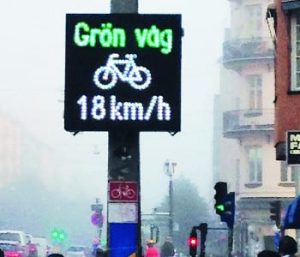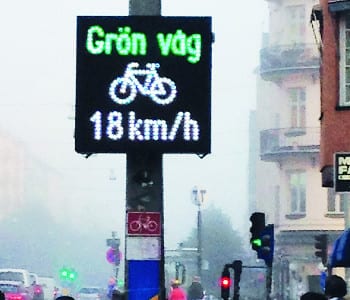
Isamu Akasaki, Hiroshi Amano, and Shuji Nakamura have won the 2014 Nobel Prize in Physics, “for the invention of efficient blue light-emitting diodes which has enabled bright and energy-saving white light sources”.
Read articles from this year’s Nobel laureates for free until the end of the year! See below for a full list.
This year’s Nobel Laureates are rewarded for having invented a new energy-efficient and environment-friendly light source – the blue light-emitting diode (LED). In the spirit of Alfred Nobel the Prize rewards an invention of greatest benefit to mankind; using blue LEDs, white light can be created in a new way. With the advent of LED lamps we now have more long-lasting and more efficient alternatives to older light sources.
When Isamu Akasaki, Hiroshi Amano and Shuji Nakamura produced bright blue light beams from their semi-conductors in the early 1990s, they triggered a funda-mental transformation of lighting technology. Red and green diodes had been around for a long time but without blue light, white lamps could not be created. Despite considerable efforts, both in the scientific community and in industry, the blue LED had remained a challenge for three decades.
They succeeded where everyone else had failed. Akasaki worked together with Amano at the University of Nagoya, while Nakamura was employed at Nichia Chemicals, a small company in Tokushima. Their inventions were revolutionary. Incandescent light bulbs lit the 20th century; the 21st century will be lit by LED lamps.
White LED lamps emit a bright white light, are long-lasting and energy-efficient. They are constantly improved, getting more efficient with higher luminous flux (measured in lumen) per unit electrical input power (measured in watt). The most recent record is just over 300 lm/W, which can be compared to 16 for regular light bulbs and close to 70 for fluorescent lamps. As about one fourth of world electricity consumption is used for lighting purposes, the LEDs contribute to saving the Earth’s resources. Materials consumption is also diminished as LEDs last up to 100,000 hours, compared to 1,000 for incandescent bulbs and 10,000 hours for fluorescent lights.
The LED lamp holds great promise for increasing the quality of life for over 1.5 billion people around the world who lack access to electricity grids: due to low power requirements it can be powered by cheap local solar power.
The invention of the blue LED is just twenty years old, but it has already contributed to create white light in an entirely new manner to the benefit of us all.
Source: Nobelprize.org
Read articles from this year’s laureates for free until January 2015!
InGaN-based blue/green LEDs and laser diodes, Shuji Nakamura, Advanced Materials
Progress in the growth of nonpolar gallium nitride, B. A. Haskell, S. Nakamura, S. P. DenBaars and J. S. Speck, physica status solidi b
Improved electroluminescence on nonpolar m -plane InGaN/GaN quantum wells LEDs, Kwang-Choong Kim, Mathew C. Schmidt, Hitoshi Sato, Feng Wu, Natalie Fellows, Makoto Saito, Kenji Fujito, James S. Speck, Shuji Nakamura and Steven P. DenBaars, physica status solidi RRL
High-Efficiency GaN/AlxGa1—xN Multi-Quantum-Well Light Emitter Grown on Low-Dislocation Density AlxGa1—xN, M. Iwaya, S. Terao, T. Sano, S. Takanami, T. Ukai, R. Nakamura, S. Kamiyama, H. Amano and I. Akasaki, physica status solidi a
Control of Dislocations and Stress in AlGaN on Sapphire Using a Low Temperature Interlayer, H. Amano, M. Iwaya, N. Hayashi, T. Kashima, S. Nitta, C. Wetzel and I. Akasaki, physica status solidi b

















